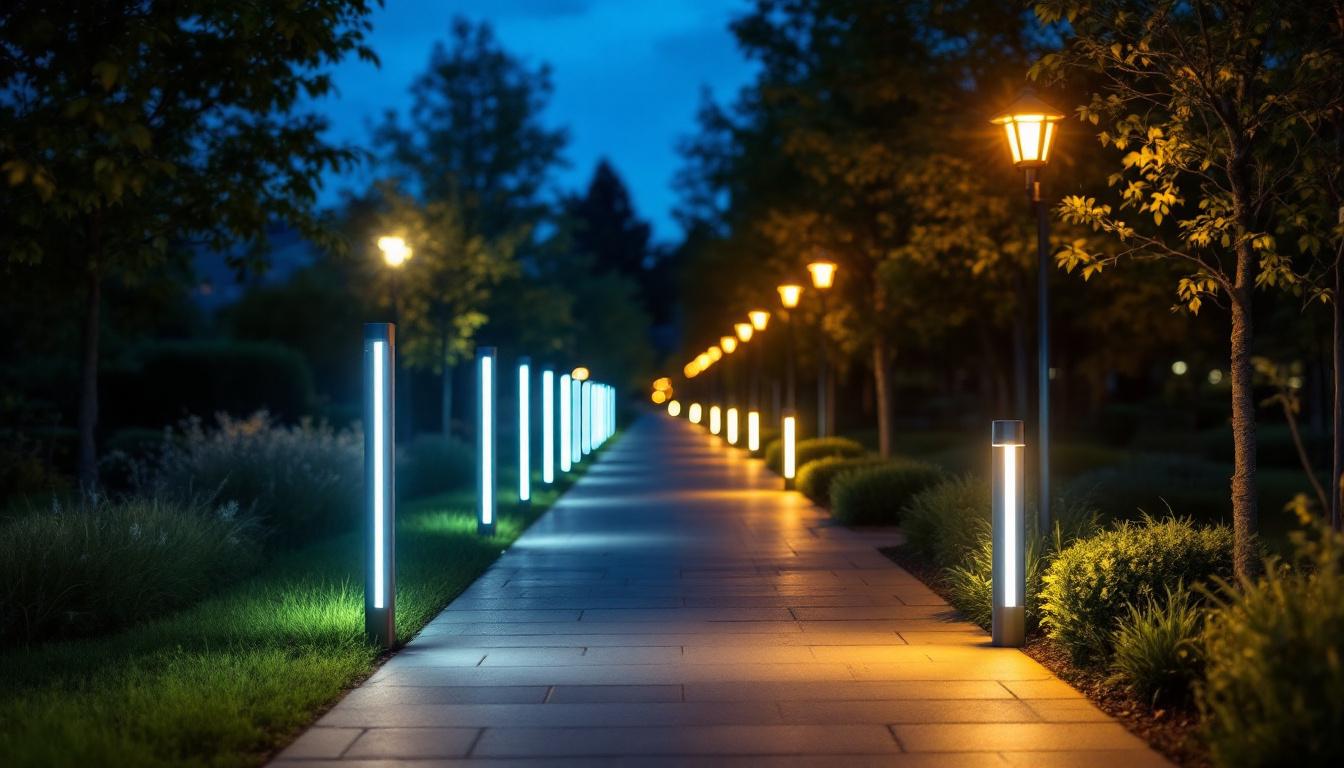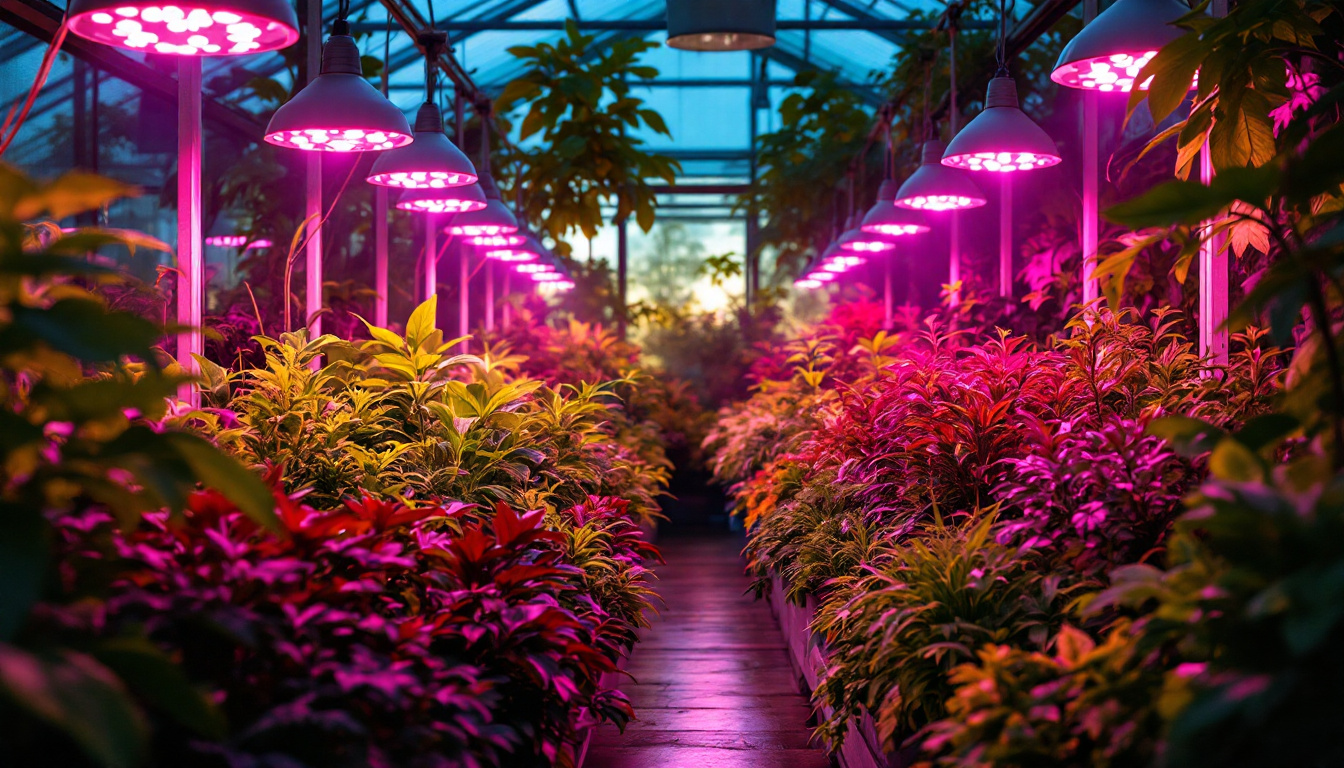
In the ever-evolving world of lighting technology, retrofit LED lamps have emerged as a game-changer for both residential and commercial applications. For lighting contractors, mastering the nuances of these innovative solutions is essential to staying competitive and meeting client demands. This article delves into the secrets that every lighting contractor should know about retrofit LED lamps, from their benefits and installation techniques to energy efficiency and design considerations.
Retrofit LED lamps are designed to replace traditional incandescent, halogen, or fluorescent bulbs without requiring extensive modifications to existing fixtures. This adaptability makes them an ideal choice for contractors looking to upgrade lighting systems efficiently. By simply swapping out the old bulbs for new LED options, contractors can modernize lighting setups with minimal disruption, making it a practical solution for both residential and commercial projects.
These lamps come in various shapes, sizes, and wattages, allowing for a seamless transition while maintaining the aesthetic appeal of the original fixtures. Understanding the various types of retrofit options available is crucial for contractors aiming to provide tailored solutions to their clients. Additionally, many retrofit LED lamps are designed to mimic the warm glow of traditional bulbs, ensuring that the ambiance of a space remains inviting and comfortable, which is particularly important in settings like restaurants and homes.
There are several types of retrofit LED lamps on the market, each catering to specific needs and applications. Some of the most common types include:
In addition to these common types, there are specialty retrofit options available, such as LED globe bulbs for decorative fixtures and LED MR16 lamps for accent lighting. Each type is engineered to meet specific lighting needs, ensuring that contractors can find the perfect match for any project. Furthermore, many manufacturers are now offering smart retrofit LED options that can be controlled via mobile apps or smart home systems, providing added convenience and customization for end-users.
For lighting contractors, the advantages of retrofit LED lamps extend beyond mere energy savings. These benefits include:
Moreover, retrofit LED lamps often come with advanced features such as dimming capabilities and color temperature adjustments, allowing for greater flexibility in creating the desired atmosphere. This adaptability not only enhances the functionality of spaces but also aligns with the growing trend towards energy-efficient and customizable lighting solutions. As clients become more environmentally conscious, the demand for retrofit LED lamps continues to rise, making them an essential offering for contractors looking to stay competitive in the lighting industry.
Proper installation is critical to maximizing the performance and longevity of retrofit LED lamps. Lighting contractors should be familiar with best practices to ensure a successful upgrade.
Before installing retrofit LED lamps, it is essential to assess the existing fixtures. This includes checking the compatibility of the fixture with the new LED technology. Contractors should look for:
Each retrofit LED lamp comes with specific installation instructions provided by the manufacturer. Adhering to these guidelines is crucial for ensuring safety and optimal performance. Key points to consider include:
One of the most compelling reasons for contractors to advocate for retrofit LED lamps is their energy efficiency. Understanding how to communicate these benefits to clients can enhance customer satisfaction and drive sales.
To effectively demonstrate the cost savings associated with retrofit LED lamps, contractors should be prepared to calculate potential energy savings. This involves:
While the initial investment in retrofit LED lamps may be higher than traditional lighting options, the long-term financial benefits are substantial. These include:
When recommending retrofit LED lamps, lighting contractors should consider the design and aesthetic preferences of their clients. The right lighting can enhance the ambiance of any space.
Color temperature plays a crucial role in the overall feel of a space. Retrofit LED lamps are available in a range of color temperatures, typically measured in Kelvin (K). Common options include:
Another critical design consideration is the beam angle of the retrofit LED lamps. The beam angle determines how light is distributed in a space, affecting both functionality and aesthetics. Options typically include:
While retrofit LED lamps offer numerous advantages, contractors may encounter challenges during installation and implementation. Being prepared with solutions can enhance the contractor-client relationship.
One of the most common challenges is compatibility with existing fixtures or dimmers. To address this issue, contractors should:
Clients may have preconceived notions about LED technology, often based on outdated information. Contractors should focus on educating clients about the benefits and capabilities of modern retrofit LED lamps. Key points to cover include:
The lighting industry is continuously evolving, and staying informed about emerging trends can provide contractors with a competitive edge. Future developments in retrofit LED technology may include:
As smart home technology becomes increasingly popular, integrating retrofit LED lamps with smart systems will be essential. This includes:
Future retrofit LED lamps may offer advanced color tuning options, allowing users to adjust the color temperature and intensity based on their preferences or time of day. This technology can significantly enhance user experience and comfort.
Mastering retrofit LED lamps is essential for lighting contractors looking to thrive in a competitive market. By understanding the various types of retrofit options, installation techniques, energy efficiency benefits, and design considerations, contractors can provide valuable solutions to their clients. Staying informed about common challenges and future trends will further enhance their expertise and ability to meet evolving client needs.
As the demand for energy-efficient and aesthetically pleasing lighting solutions continues to grow, contractors who embrace retrofit LED technology will not only improve their service offerings but also contribute to a more sustainable future. By leveraging the secrets outlined in this article, lighting contractors can position themselves as trusted experts in the field, ready to illuminate the path forward for their clients.
Ready to elevate your lighting game with retrofit LED lamps? Look no further than LumenWholesale for a comprehensive selection of spec-grade lighting products at unbeatable wholesale prices. Say goodbye to middleman markups and hello to superior lighting solutions that meet the highest industry standards. With free shipping on bulk orders, LumenWholesale is your go-to source for quality, affordability, and convenience. Don’t compromise on your lighting needs—choose LumenWholesale and experience the best value in wholesale lighting. Wholesale Lighting at the Best Value.

Discover the pros and cons of LED bollard lights compared to alternative lighting solutions.

Discover the innovative strategies smart lighting contractors use to integrate LED lights with motion detectors, enhancing energy efficiency and security.

Discover the transformative power of greenhouse grow lamps in enhancing lighting installation projects.

Discover essential insights and practical tips for lighting contractors on installing ceiling flush LED lights.